The beast, recently unearthed near Chongqing Central Park in China, is the earliest branching Ornithischia species ever discovered in Asia.
A monstrous femur found from the Ziliujing Formation in Yubei District, Chongqing City, China, just 2 kilometers from Chongqing Central Park, has helped paleontologists identify a previously unknown creature.
The specimen dates back to 193 million years, the early Jurassic period, and belongs to the order Ornithischia.
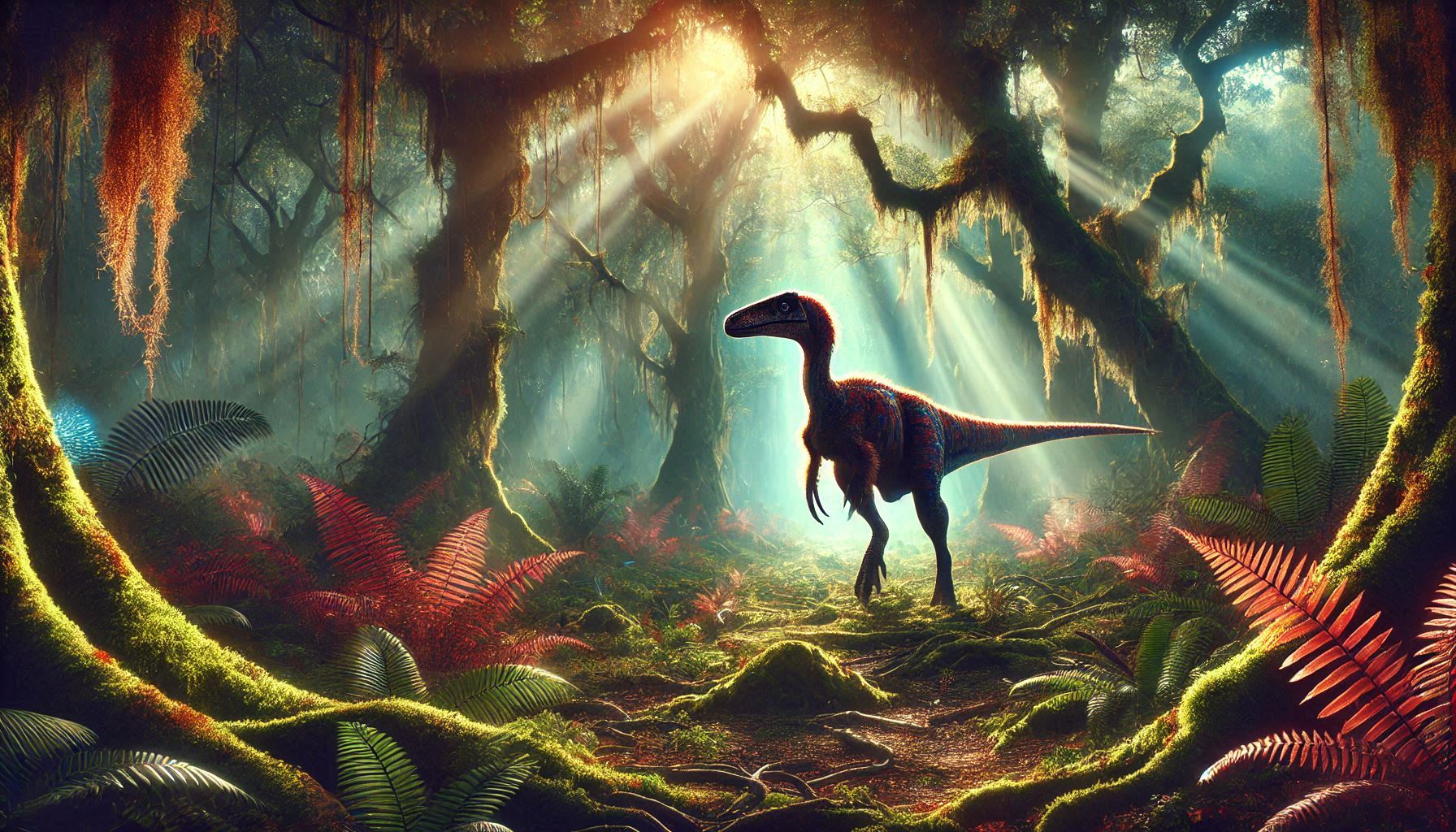
A monster of the Ornithischia lineage - Illustration AI: Thu Anh
A research team led by paleontologist Xi Yao from Yunnan University (China) named the new beast species Archaeocursor asiaticus.
According to a paper published in the scientific journal iScience, this is the earliest branching Ornithischia species ever discovered in Asia.
"Ornithischia, a prominent dinosaur clade, diversified into various forms such as ankylosaurs, stegosaurs, hadrosaurs, ceratopsians and pachycephalosaurs throughout the Mesozoic," Sci-News quoted Dr. Yao.
According to the authors, by the early Jurassic, Ornithischian fossils were abundant and diverse in the southern supercontinent Gondwana.
Meanwhile, in the northern supercontinent Laurasia – where most of the land in Asia today belongs – the fossil record for this dinosaur order is very sparse.
During the period when Ornithischia dominated the southern supercontinent, the northern supercontinent was occupied mainly by large armored dinosaurs.
Therefore, the appearance of Archaeocursor asiaticus is very valuable to paleontologists, which can help them understand more about how this group of dinosaurs arose and evolved in Laurasia.
Despite its fearsome appearance, this beast was small, measuring just 1 meter in length, and was a herbivore. Phylogenetic analysis shows that it was closely related to a Gondwanan ornithischian, Eocursor parvus .
This discovery indicates that there must have been an earlier dispersal event of Early Jurassic Ornithischian dinosaurs from Gondwana to Laurasia, including East Asia, seemingly independent of and possibly earlier than the dispersal of armored dinosaurs.
This means that there is at least one previously unknown ancestral Ornithischia group, much older than the Chinese specimens as well as those from the global south, which scientists hope to find in the future.
Source: https://giadinh.suckhoedoisong.vn/khai-quat-quai-thu-193-trieu-tuoi-o-thanh-pho-trung-khanh-172241230072723179.htm



![[Photo] Lam Dong: Panoramic view of Lien Khuong waterfall rolling like never before](/_next/image?url=https%3A%2F%2Fvphoto.vietnam.vn%2Fthumb%2F1200x675%2Fvietnam%2Fresource%2FIMAGE%2F2025%2F11%2F20%2F1763633331783_lk7-jpg.webp&w=3840&q=75)
![[Photo] National Assembly Chairman Tran Thanh Man holds talks with South Korean National Assembly Chairman Woo Won Shik](/_next/image?url=https%3A%2F%2Fvphoto.vietnam.vn%2Fthumb%2F1200x675%2Fvietnam%2Fresource%2FIMAGE%2F2025%2F11%2F20%2F1763629724919_hq-5175-jpg.webp&w=3840&q=75)

![[Photo] President Luong Cuong receives President of the Senate of the Czech Republic Milos Vystrcil](/_next/image?url=https%3A%2F%2Fvphoto.vietnam.vn%2Fthumb%2F1200x675%2Fvietnam%2Fresource%2FIMAGE%2F2025%2F11%2F20%2F1763629737266_ndo_br_1-jpg.webp&w=3840&q=75)









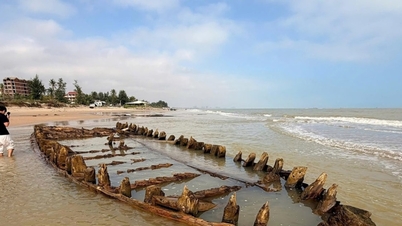

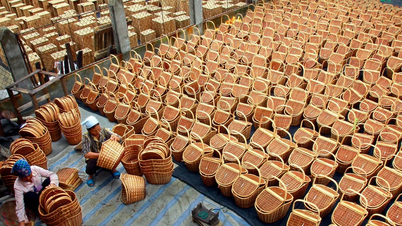


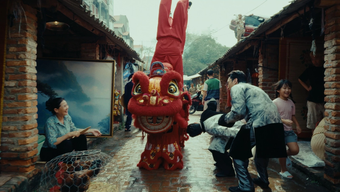








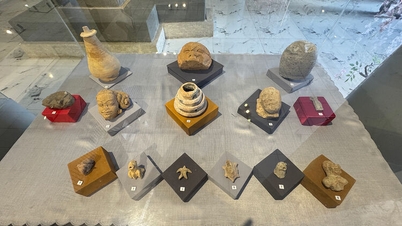


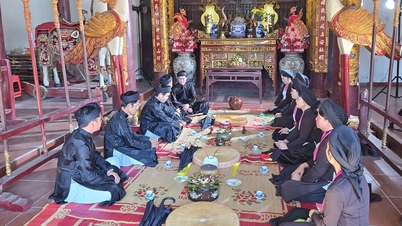



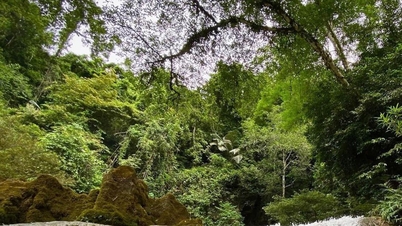

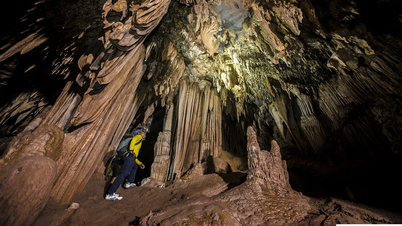




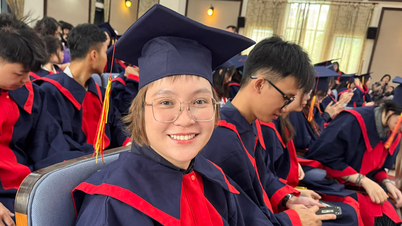
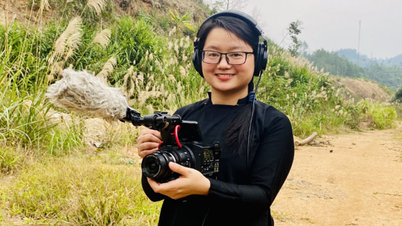
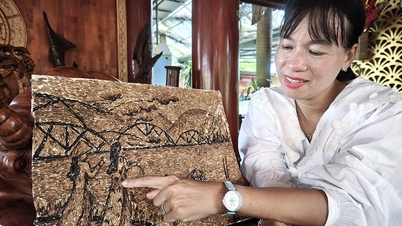










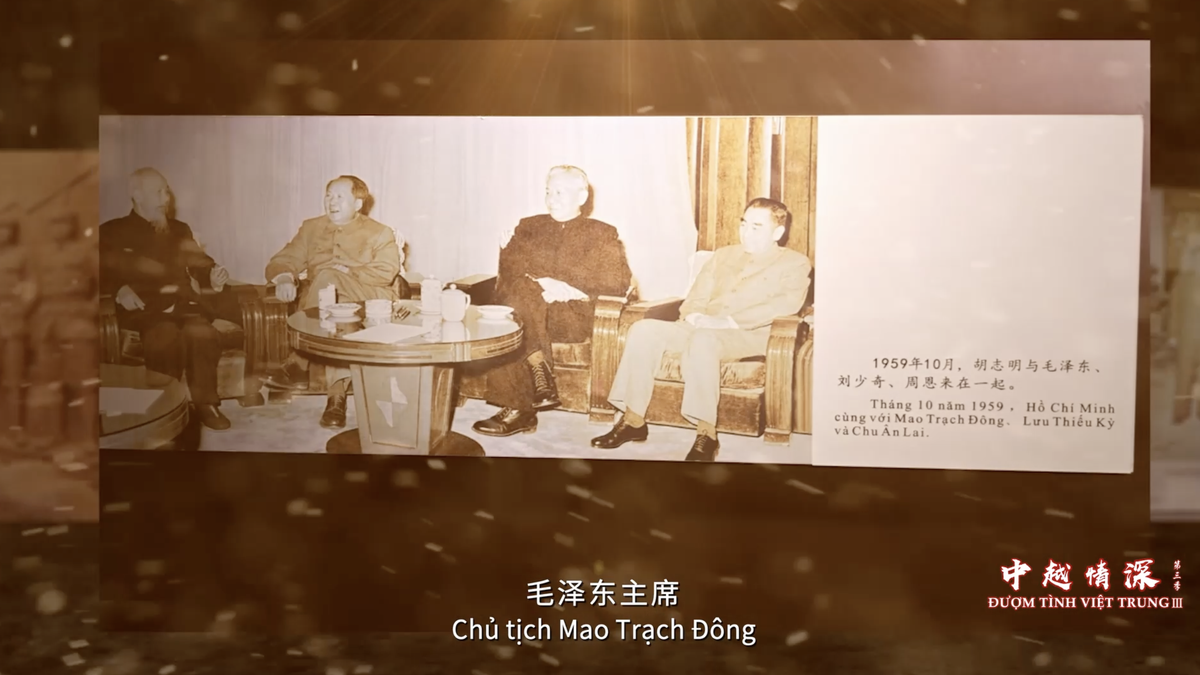
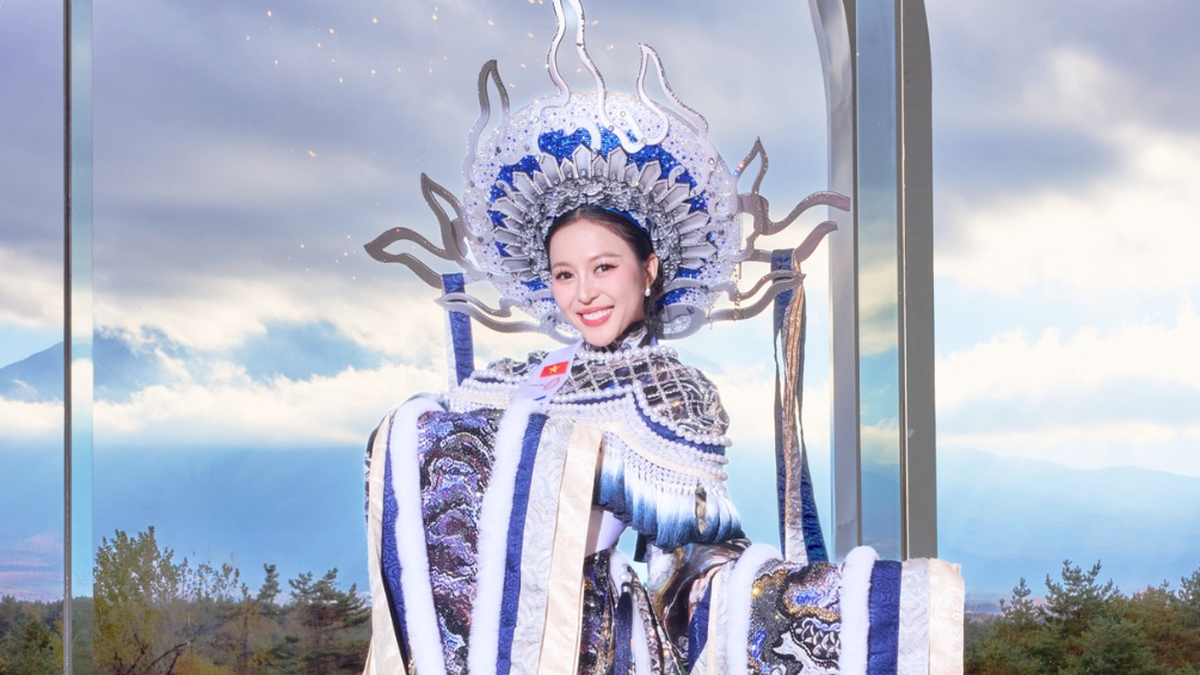



















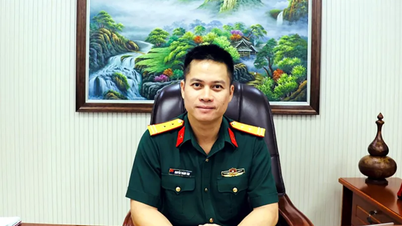











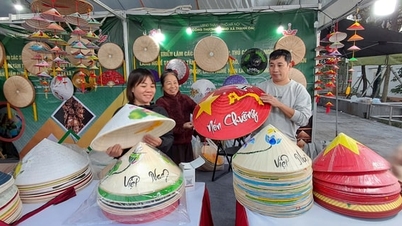
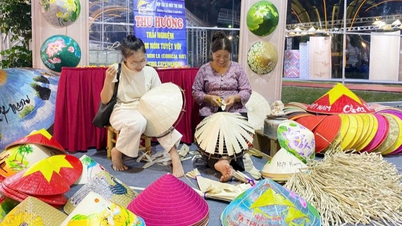











Comment (0)